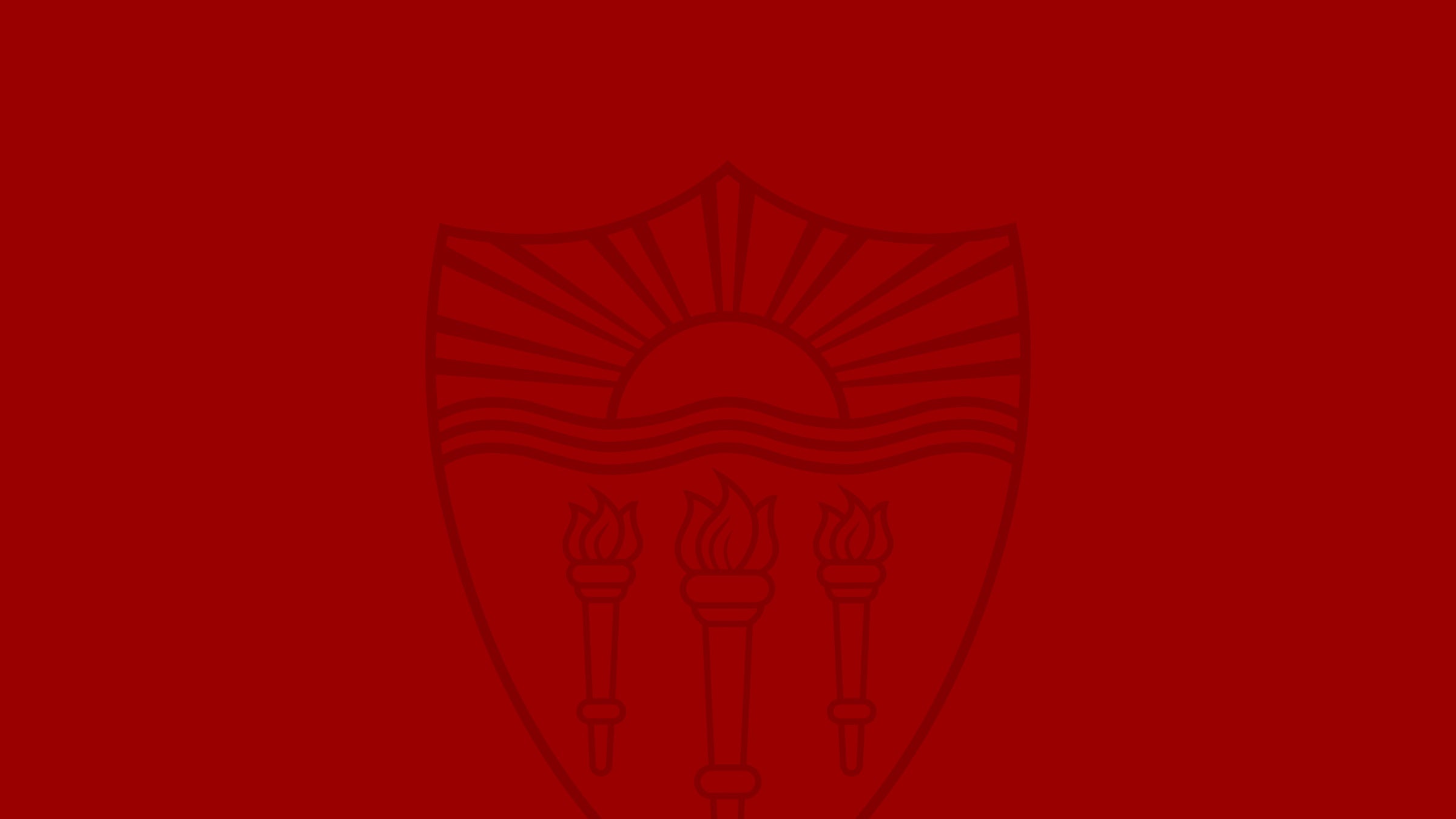USC wildfire experts available for interviews

Photo courtesy of the U.S. Forest Service
Wildfire season is upon us. Once considered an annual hazard on the West Coast, wildfire is now a year-round concern because of climate change and drought — in 2021 alone, California recorded 1,561 wildfires. USC experts in environmental studies, health and risk assessment consider this year’s conditions, offer tips on how to protect you and your family’s health, as well as the impact of fire on home values and real estate, and other topics.
Contact: USC News, uscnews@usc.edu, 213.740.2215
Experts seeking new wildfire mitigation and prevention strategies

“What we need is more fire on the brain: we have to talk about it more, we have to study it more, and we have to try to understand it better, even as the ‘fire regimes’ of the American West are changing year to year. At the Huntington-USC Institute on California and the West, we have garnered state funding to partner with Indigenous and other landowners in the southern Sierra in a prescribed burn project that we expect will happen before the end of 2022.”
Bill Deverell is professor of history, spatial sciences and environmental studies at the USC Dornsife College of Letters, Arts and Sciences. He leads a multidisciplinary project called The West on Fire.
Contact: deverell@usc.edu
Downwind smoke detrimental to physical, mental health

“There are several measures one can take to reduce the potential effects of wildfires. Keep a supply of N95 masks handy — when used properly, they can significantly reduce the amount of small particulate matter you might otherwise breathe in. A home air purifier can also help but be sure to size it properly so the amount of air it filters is consistent with the size of the room or house where you plan to use it. Finally, if there is substantial wildfire smoke in your area, reduce your exercise, stay indoors with windows and doors closed and remember to place damp towels at the base of exit doors and windows to reduce leakage of outdoor air into the home.”
Ed Avol is professor of clinical medicine at Keck School of Medicine of USC’s Department of Preventive Medicine. He’s an expert in smoke toxicity, inhalation risks, health impacts and preventive measures.
Contact: avol@usc.edu
Home value estimates should integrate wildfire risk rating

“Climate change raises wildfire risk through increasing our heat and drought exposure. This double punch directly affects local real estate risk through increasing wildfire risk in the fire zone, expanding the geographical boundary of the fire zone and causing local air pollution levels (specifically, PM2.5) to increase. Such pollution drifts across the region affecting millions of people. If we fail to adapt to this serious challenge, then Los Angeles real estate owners will suffer an asset value loss as our prized local quality of life declines.”
Matthew Kahn is Provost Professor of Economics at USC Dornsife College of Letters, Arts and Sciences. He is an expert in climate change policy, energy efficiency and urban quality of life. He suggested in an analysis for The Conversation that the federal government should set standards in the emerging climate ratings systems that consider factors such as wildfire risk in home prices in wildfire-prone areas.
Contact: kahnme@usc.edu
Drought plus elevated heat combine for dangerous wildfire prevention conditions

“Communities and residents can prepare for wildfires and the possibility of an evacuation by making a plan now and protecting their homes by establishing defensible space. CAL FIRE provides specific tips for how residents can prepare for wildfires at readyforwildfire.org.”
Rebecca Miller is a postdoctoral scholar with The West on Fire project at the Huntington-USC Institute on California and the West. She is an expert in California wildfire management and community wildfire mitigation.
Contact: rkmiller@usc.edu




